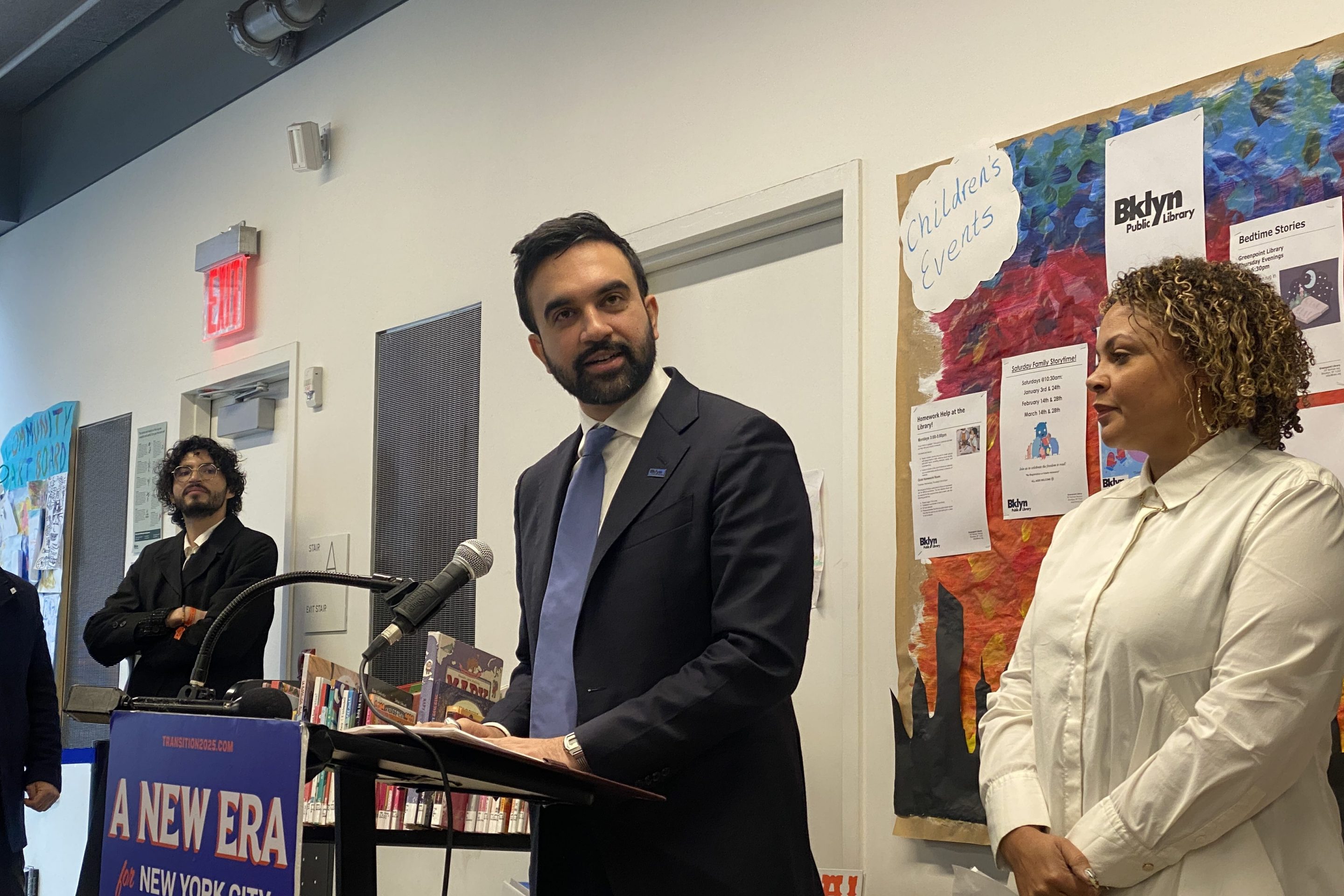Real estate in the United States, it turns out, isn't really guided by "the invisible hand" of the free market.
In truth, federal policy puts a finger on the scale in a major way. Even apart from the quasi-governmental Freddie Mac and Fanny Mae, the federal government is the single largest investor in the American real estate market. And according to a new report from Smart Growth America, each year an assortment of subsidies, tax credits, and deductions exerts $450 billion worth of influence on the location and character of American residences and commercial spaces.
That massive influence can distort the market in significant, and insidious, ways.
"Viewed as whole, federal funds are not targeted to those most in need, are not targeted to strengthen existing communities and are not targeted to places where people have economic opportunities," says Smart Growth America's research team.
For starters, according to SGA, not a single federal program is primarily focused on support for existing neighborhoods. Government priorities are often contradictory on this front, with subsidies operating at cross-purposes. One program may subsidize new housing in undeveloped locations, for instance, while another attempts to shore up the city neighborhoods left behind. These programs also fail to factor in what it costs to support real estate development: There is no preference for projects with lower long-term infrastructure costs, leading to higher spending on things like roads and sewers at the local and state levels.
Overall, the report suggests, federal real estate interventions undermine market trends toward the development of more walkable places. About 85 percent of federal housing subsidies flow to single-family housing over multi-family, although only 65 percent of American households are homeowners and the majority of renters live in multi-family buildings. This has hampered the market for rental housing even as demand for multi-family rental housing has soared following the housing bust.
"Federal real estate spending is stuck in the past," said smart growth-focused real estate developer Chris Leinberger in an SGA-sponsored call with reporters yesterday. "It’s not what the market wants today, it’s what the market wanted in the '70s and '80s and into the '90s."
Leinberger added that while consumers are demanding walkable urbanism, federal policy stands in the way of that kind of development -- to the detriment of the economy.
Some federal programs, for instance, establish “use limits” on low-cost loans. In order to apply for an Federal Housing Administration loan or loan guarantee, a builder has to limit the amount of commercial space in the project, which ends up favoring more spread out, single-use development over the more walkable, mixed-use approach. The agency just raised the use limit for condo buildings, but more reforms are needed.
"Real estate represents 35 percent of the asset base of the country," Leinberger said. "It’s time to get the real estate industry back engaged."
All these government real estate subsidies add up to a regressive, poorly-targeted, and wasteful use of public funds. The largest expenditure, the mortgage interest tax deduction, overwhelmingly benefits households making more than $200,000. These households receive three times the benefits from the deduction as all other income groups combined. In addition, almost one in three households who collects the mortgage interest deduction also does so on a second home -- a fact that clearly doesn't square with the program's stated goal of promoting homeownership as a path to the middle-class. Meanwhile, "little support" in any of the 50 housing programs examined by SGA "is going to the middle class," said Ilana Preuss, vice president of Smart Growth America.
SGA is urging federal policy makers to develop an overarching set of goals to ensure U.S. taxpayers get the best possible return on their investment in real estate.






